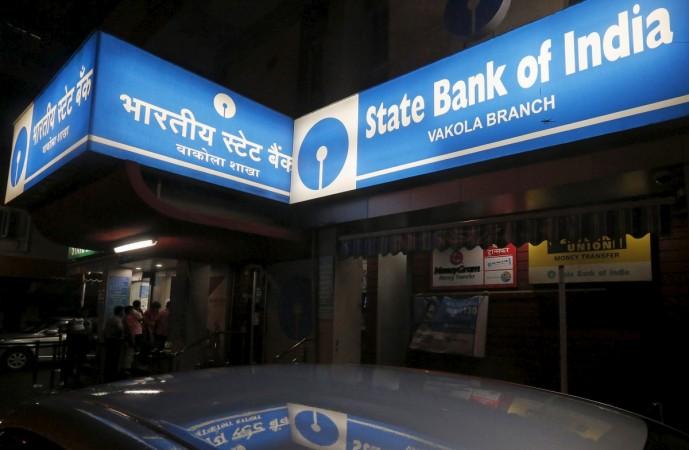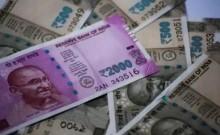
Even though banks are aflush with money in the wake of demonetisation, their loan growth has taken a hit and is near historic lows. Between November 11 and December 23, 2016, credit offtake declined by Rs 5,229 crore, touching a low of 5.1 percent, while banks' deposits increased by around Rs 4 lakh crore.
Also read: Demonetisation: RBI responds to reports that 97% of banned notes have been returned
And that could be a matter of concern, State Bank of India (SBI) said in its research report, Ecowrap.
The SBI note explained the link between rate cut and credit growth, saying when the Reserve Bank of India (RBI) reduced repo rate by 125 basis points (bps) during January 2015 till March 2016, and banks by 70 bps to the customer, there was a substantial increase in credit to housing to the tune of nearly Rs 1.5 lakh crore.
Even prior to that, from November 2008 to August 2010, banks had slashed lending rate by 75-80 bps and they witnessed credit growth of around Rs 7.3 lakh crore from a yearly average growth of Rs 4 lakh crore.
Interestingly, in July 2010, banks had shifted from the benchmark prime lending rate (BPLR) method of the lending rates to base rate system and that had resulted in a substantial decline in lending rates, which boosted the average credit growth to 22.0 percent in the period July 2010-March 2011, compared to 18.1 percent in April to June 2010.
Last year in April, banks again shifted to the marginal cost of funds-based lending rate (MCLR) from base rate system, but there were no significant differences in both the lending rates.
But now that the SBI and other lenders have slashed MCLR rates almost 80-90 bps at one go, the report anticipates a strong case for a credit growth rebound, at least in the housing sector. It would be interesting to see if credit growth picks up in the near future, says the note.
Sectoral deployment of credit for November 2016 indicates that there is a slowdown in credit across all the sub-sectors on year-to-date (YTD) basis, while on year-on-year (YoY) basis, credit to services has increased marginally. SBI says, "During this period, major sub-sectors in the industry which witnessed deceleration or contraction in credit include infrastructure, food processing, chemical and chemical products, all engineering, textiles and basic metal and metal products. Credit to housing has also declined, while auto loans are showing traction in YoY credit growth, which may be due to the low base."
Meanwhile, SBI expects demonetisation-led cash crunch to normalise by February.
At the end of December, only 44 percent of the demonetised currency was replaced. SBI estimates that if the RBI continues to print as it is doing now, then by January end about 67 percent of the currency should get replaced and by February, at this rate, the RBI could print as much as 89 percent of the total currency. However, if the RBI decides to shift its printing more towards smaller denomination, this number could be close to 80 percent, the SBI note highlighted.
"Either way, we maintain, contrary to market perception, that things will be closer to normal by Feb-end as opposed to predictions of the crisis lasting longer," SBI adds.
At the same time, India's largest lender believes the RBI is unlikely to cut repo rate in February as global uncertainties may again play spoilsport.
It said inflation trajectory is expected to remain significantly benign. The December inflation numbers may witness a reading closer to 3.2-3.3 percent.
"Though inflation may increase in March, it may still be closer to the lower band of 4-4.5 per cent. Hence, the scope for an accommodative monetary cycle will continue even in the financial year 2017-2018," the report said.











